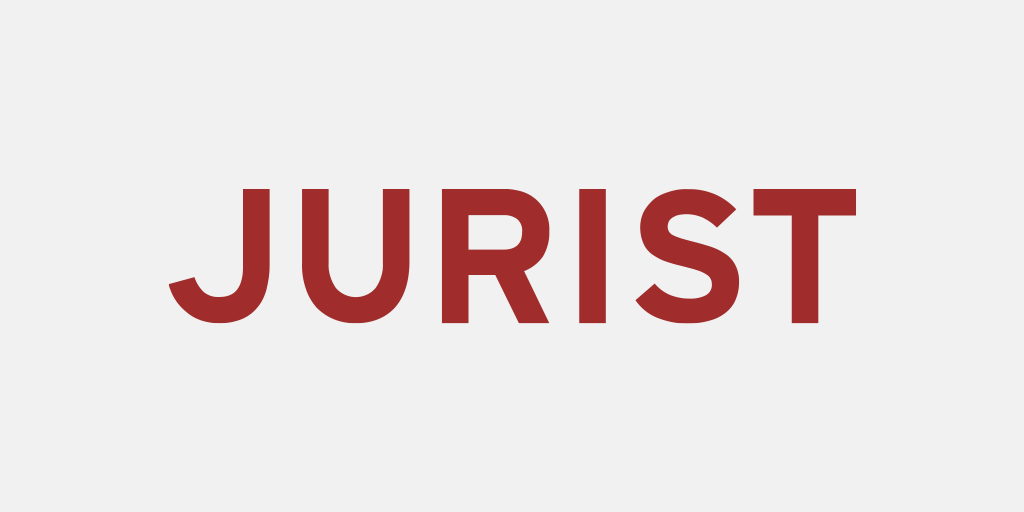 News
News |
[JURIST] The US Supreme Court [official website] on Thursday issued a new regulation [text, DOC] barring any demonstration within the Supreme Court building or grounds, excluding the surrounding sidewalks, if the activity is “reasonably likely to draw a crowd or onlookers.” In order to “maintain suitable order and decorum within the Supreme Court building and grounds,” the Court passed the new regulation in reaction to a US District Court for the District of Columbia [official website] ruling [opinion, PDF] by Judge Beryl Howell that the statute banning public displays was unconstitutional and void as applied to the Supreme Court plaza. In striking down the statute [JURIST report], Howell called the legislation passed by Congress in 1949 “unreasonable” and “substantially overbroad.”
The case was brought to the by Harold Hodge and the Rutherford Institute [advocacy website] after Hodge was arrested in January 2011 for wearing a sign protesting the treatment of minorities by law enforcement. The Rutherford institute applauded Howell’s decision, stating [press release] that the decision “throws a lifeline to the First Amendment at a time when government officials are doing their best to censor, silence and restrict free speech activities.” The former law read: “It is unlawful to parade, stand, or move in processions or assemblages in the Supreme Court Building or grounds, or to display in the Building and grounds a flag, banner, or device designed or adapted to bring into public notice a party, organization, or movement.” The Court itself previously ruled [opinion] on the constitutionality of the law governing protests or demonstrations at or near its building in a 1983 case, United States v. Grace. The justices then nullified only the law’s ban on displays on the public sidewalks around the court building, refusing to strike down the entire law as written. The former law allowed the court’s police force discretion to allow only two kinds of activity on its plaza: television crew interviews on days the court had held hearings, and taking photographs for commercial or professional purposes with the court’s permission.

